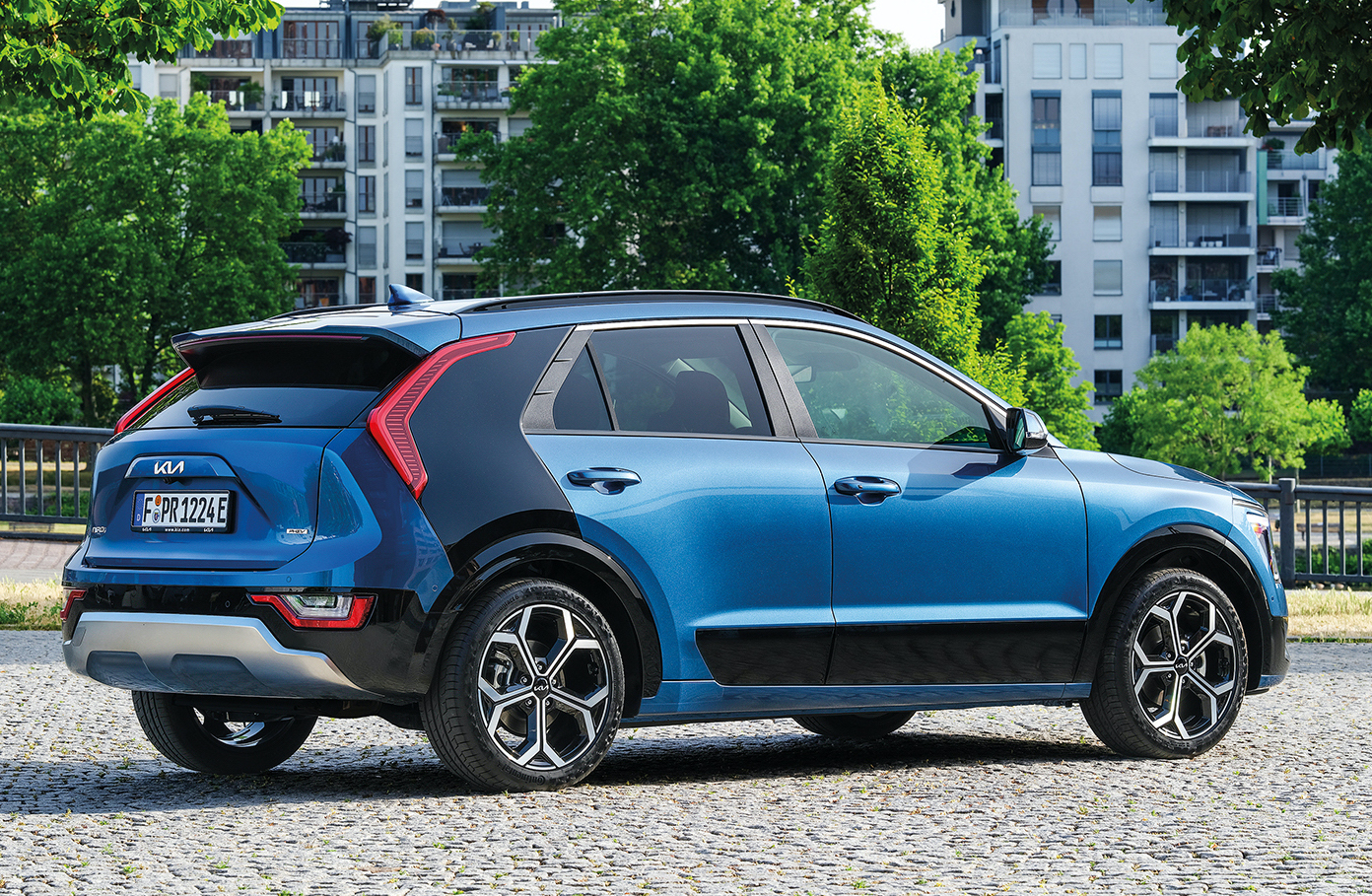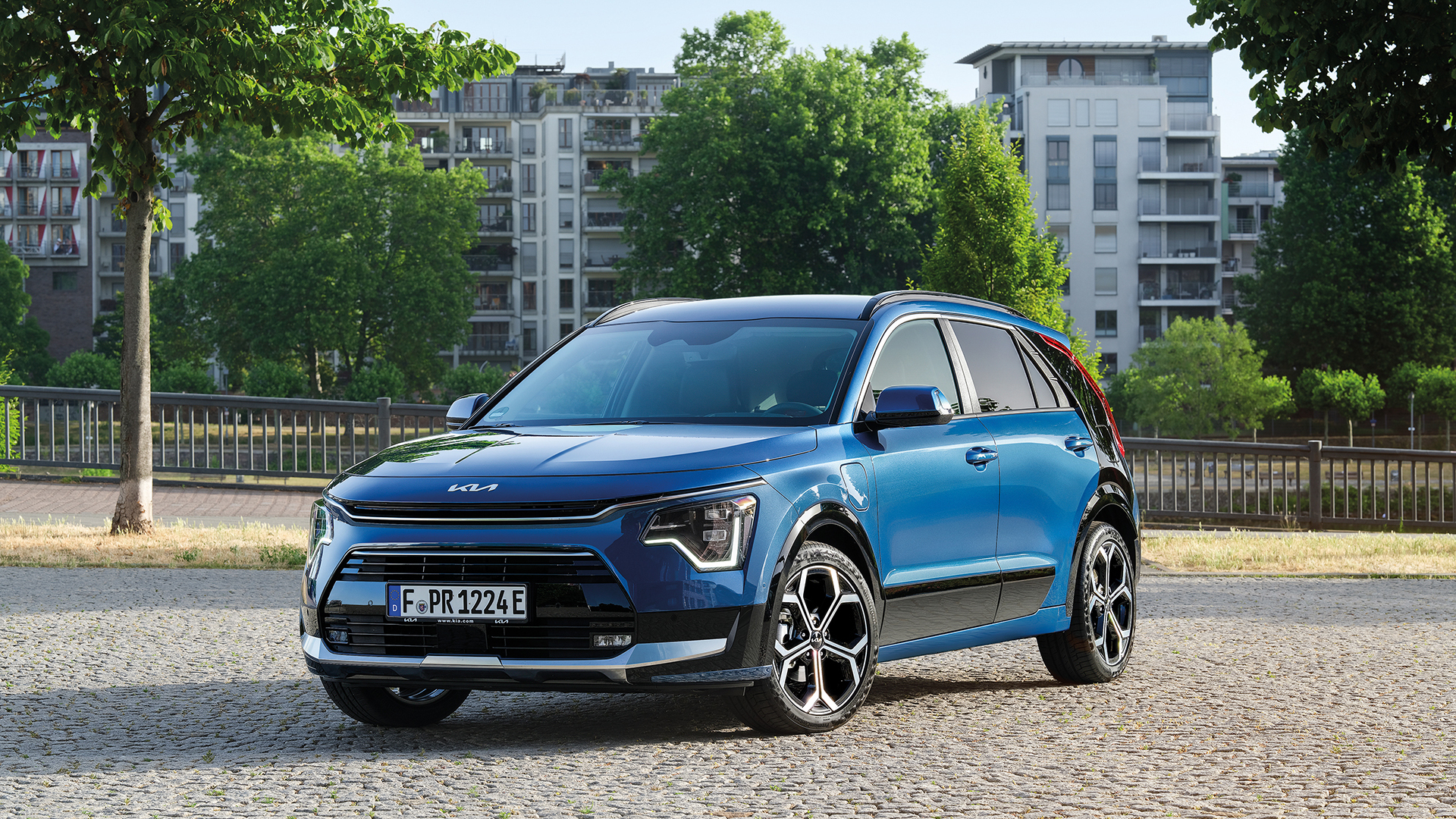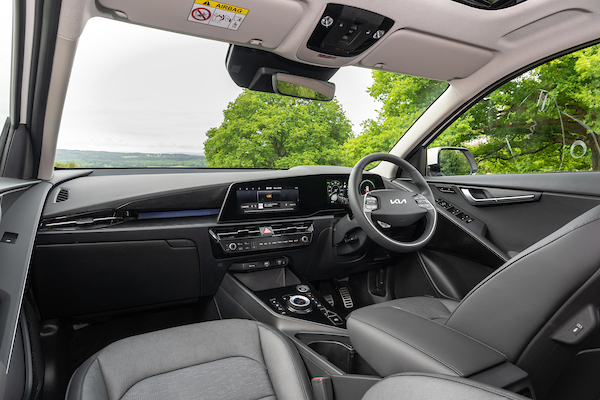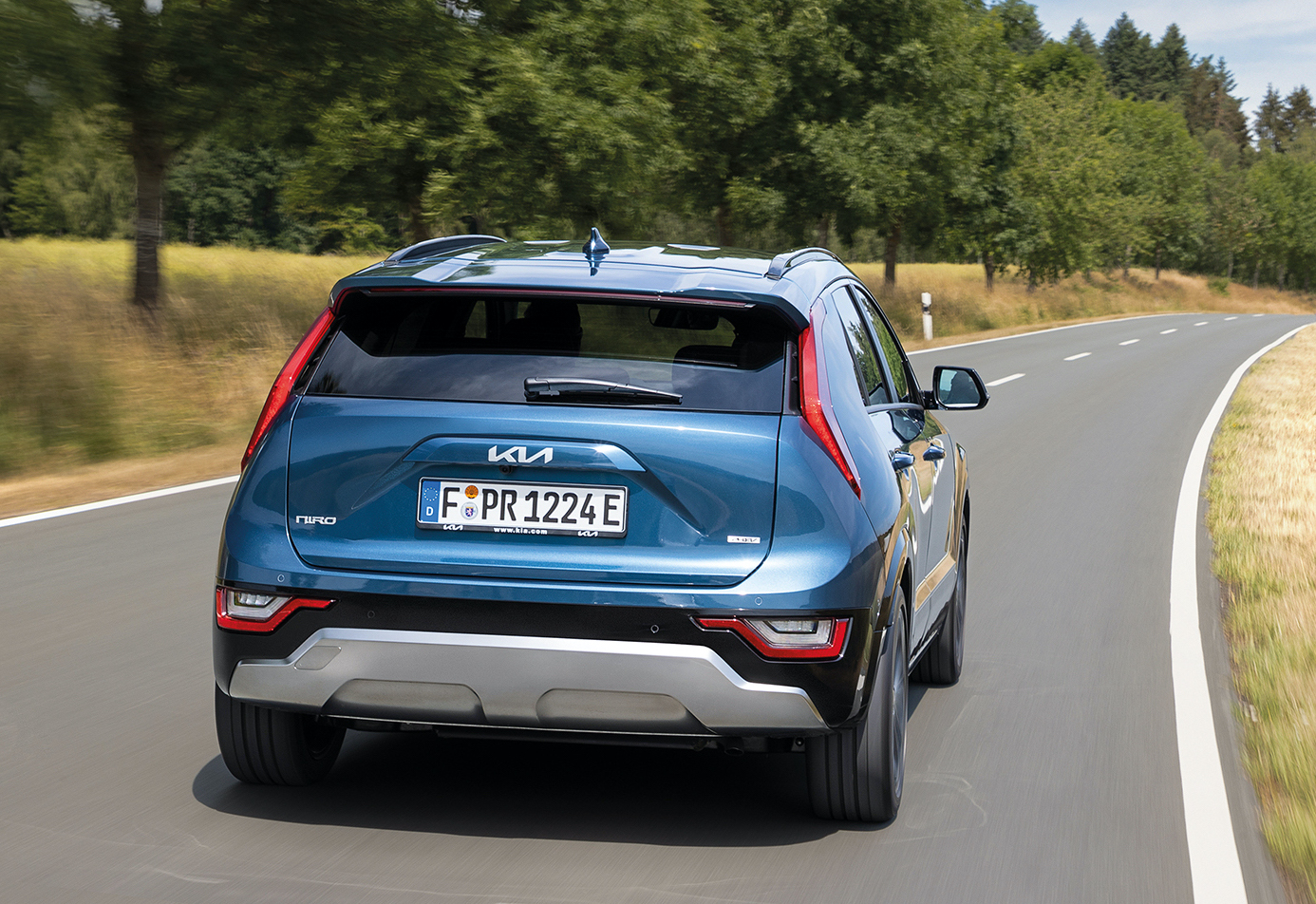Probably the best starting point for a comparison between the PHEV, EV and hybrid Niro is to run some numbers. And since most cars like this are bought by companies, a good way of doing the sums is to look at the costs of running one as a company car.
Taking each version in ‘2’ trim level the monthly benefit-in-kind (BIK) taxation for a 40% tax employee looks like this: The Niro Hybrid (no plug) driver would pay £240 due to the 26% BIK band. A Niro PHEV driver would pay £89 due to the 8% BIK band - which is low, even by PHEV standards. A Niro Electric driver would pay £24 in the 2% BIK band. That shows why so many fleet drivers are going electric, but if that's not practical then there is a serious incentive to pick a plug-in Niro and a great illustration of why every company car driver is currently choosing a plug-in car.
For a business driver picking the PHEV over the hybrid version that’s a saving over three years of £5,436. There’s an additional saving of £2,340 if you pick the Electric.
So what powers the Niro PHEV? Under the bonnet is a 1.6-litre, four-cylinder petrol engine linked to a six-speed automatic gearbox. This combines with a 62kW electric motor to provide a maximum total output of 180bhp driving the front wheels.
While that covers what’s under the bonnet, the 11.1kWh battery for the PHEV takes up the space under the rear seats where the petrol tank would normally live and the petrol tank is moved to under the boot floor. The PHEV’s standard on board charger is only 3.3kW, however you can option an 11kW system, if you need a faster home (or away) charge.
At a glance that may seem like a lot of work moving the battery location, but there’s good reasoning for the shuffle. The battery pack in the PHEV weighs 111kg, which is far more than a full fuel tank. So for better weight distribution, the battery is in the middle of the car and the petrol tank is out the back.
While this layout may help the way the car drives, it does mean there’s less boot space in the PHEV than either the hybrid or the EV. The PHEV boot comes in at 348 litres, while the hybrid’s at 451 litres and the EV at 475 litres. That’s a drop of more than a quarter and means the PHEV's boot is adequate rather than roomy.
If you can live with the smaller boot capacity, then there’s little else that differs from the Electric in terms of compromises or driving character. The performance of the PHEV is, on paper fractionally down on the EV. Acceleration from 0-62mph in the PHEV is 9.8 seconds against the EV’s 7.8, but the torque is higher, which means the in-gear shove feels very similar.
Like the EV, the plug-in hybrid Niro has a much improved character to the way it drives over the previous generation car. The ride and handling is now more competent, with improved comfort and refinement levels. It now feels particularly stable on the motorway.
If there’s a weak point to the way the car drives, it’s the lack of brake pedal feel. However, it’s not a serious issue and one you adapt to with time.
Overall, there’s a lot to recommend the Niro PHEV, particularly if you’re a company car driver – which Kia expects most PHEV buyers to be. All Niros are very well equipped, drive well and have a quality feel that’s above their price point. If you really can’t live with the full electric and don’t mind the smaller boot, then the Kia Niro PHEV is well worth a look.





















